#2nd century bc
Text
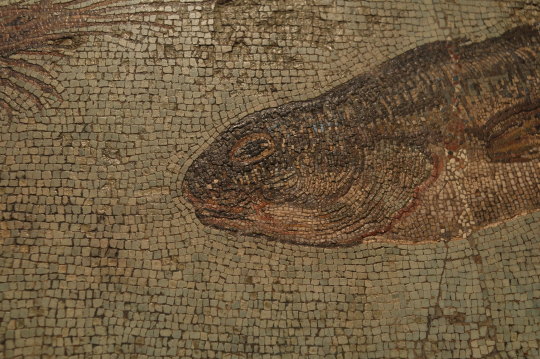
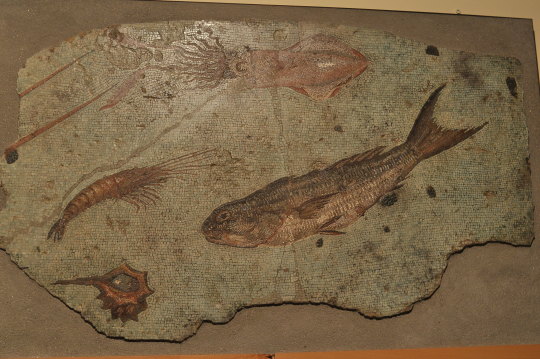
Mosaics da via Panisperna / Mosaics from the Via Panisperna in Rome, late 2nd - early Ist century BC
today at Centrale Montemartini, Rome, Italy
Photos: otdelnovpavel
#ancient rome#mosaic#2nd century bc#1st century bc#europe#secular#ok mosaics aren't wall paintings#italy#fish
4K notes
·
View notes
Photo
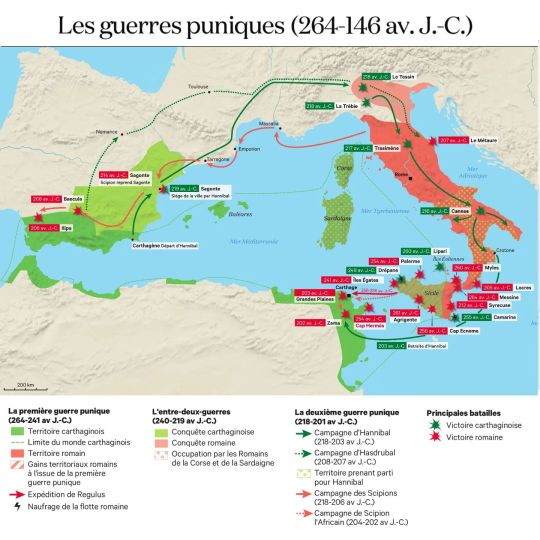
The Punic Wars, 264-146 BC
« Atlas historique mondial », Les Arènes, 2019
by cartesdhistoire
Rome and Carthage stood as the dominant powers in the western Mediterranean. Between these two influential states lay the island of Sicily. Situated at the crossroads of Europe and Africa, and bridging the eastern and western Mediterranean basins, Sicily held immense strategic importance. Rich in wheat and boasting a heritage of prosperity bestowed by both the Carthaginians in the west (in Palermo) and the Greeks in the east (in Syracuse), the island flourished. The Carthaginians established their capital at Lilybaea (modern-day Marsala) and maintained a major naval base at Drepane (modern-day Trapani).
In 264 BC, the onset of the First Punic War marked the first engagement of Roman legionnaires outside of Italy. While battles were fought in open fields, guerrilla warfare, and sieges, the defining feature of this conflict lay at sea. The pivotal Battle of the Aegate Islands in 241 BC resulted in the defeat of the Carthaginians, triggering another conflict, the far more perilous Mercenary War, on African soil. Fueled by grievances over unpaid wages, mercenaries and local allies revolted against Carthage, plunging the region into turmoil until order was restored by Hamilcar in 238 BC. A peace treaty with Rome was signed on March 10th.
The Second Punic War, commencing in 218 BC, was marked by an intriguing characteristic: personalization. The conflict became synonymous with the personalities of Scipio, later known as "the first African," and Hannibal, one of history's greatest military commanders. Hannibal's audacious invasion of Italy, driven by a desire to avenge Carthage's honor, catalyzed the war's escalation.
The war culminated in the Battle of Zama in 202 BC, leading to the signing of a final treaty in 201 BC. From this point forward, Rome emerged unchallenged in the Mediterranean. However, it wasn't until 197 BC that the Senate formally established the two provinces of Spain.
69 notes
·
View notes
Photo

A bronze of Romulus and Remus being nursed by the she-wolf (2nd century B.C.).
323 notes
·
View notes
Text
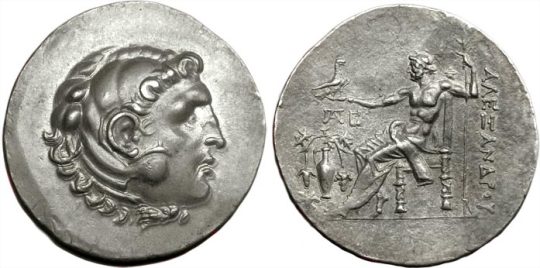
Tetradracma con la figura de Alejandro Magno y Zeus en el reverso (188-170 a. C.)
#archaeology#numismatics#tetradrachm#alexander the great#zeus#silver#coin#god#ancient greek#mythology#ancient greece#2nd century bc#numismática#arqueología#tetradracma#alejandro magno#moneda#plata#antigua grecia#mitología#dios#siglo ii a.c.
12 notes
·
View notes
Photo

Relief of a Rhodian trireme (warship) cut into the rock at the foot of the steps leading to the Lindos (Greece) acropolis. On the bow stood a statue of General Hagesander (He is said to have successfully led his men against pirates in 190 BC.) the work of the sculptor Pythokritos. The relief dates from about 180 BC.
113 notes
·
View notes
Photo


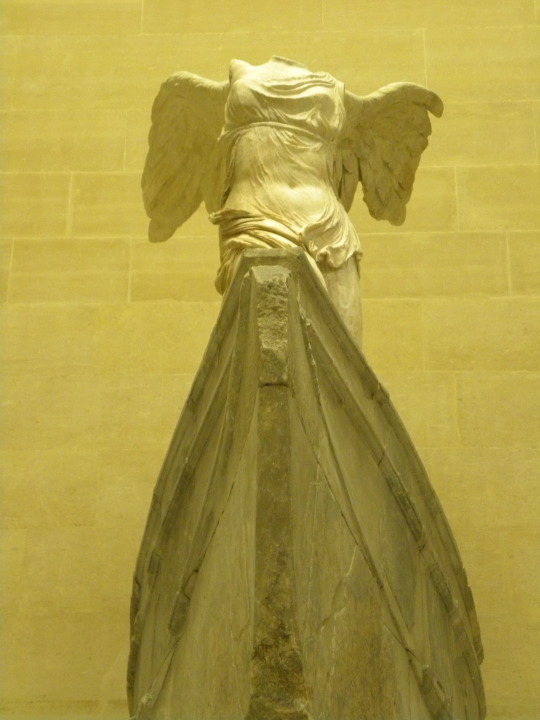

Victoire de Samothrace.
#original photography#art#sculpture#2nd century BC#Samothrace#Greece#Nike#Paros marble for the statue#Lartos marble for the prow#Old pictures from an old visit to the Louvre I thought I might share#my pictures
15 notes
·
View notes
Text

Depiction of the Battle of Vercellae-Giovanni Battista Tiepolo.Oil on canvas, Irregular painted surface.1725–29.Venice
Metropolitan Museum of Art,New York City
The Battle of Vercellae, or Battle of the Raudine Plain, was fought on 30 July 101 BC on a plain near Vercellae in Gallia Cisalpina (modern day Northern Italy). A Germanic-Celtic confederation under the command of the Cimbric king Boiorix was defeated by a Roman army under the joint command of the consul Gaius Marius and the proconsul Quintus Lutatius Catulus.The battle marked the end of the Germanic threat to the Roman Republic.
#art#Giovanni Battista Tiepolo#Venice#18th century#painting#Battle of Vercellae#historic event#Romans#Germanic tribes#30 July 101 BC#101 BC#2nd century BC#europe#ancient europe
3 notes
·
View notes
Text
The Lasting Legacy of Wiseman Confucius | Ancient Origins
The Lasting Legacy of Wiseman Confucius | Ancient Origins
https://www.ancient-origins.net/history-famous-people/lasting-legacy-wiseman-confucius-006759

View On WordPress
#2nd century BC#551 BC#Analects#Ancient China#Chang Hong#China#Chinese#Confucianism#Confucius#Jesuit#Kong Fuzi#Kong Qiu#Kong Zi#Lunyu#Ming Dynasty#Ni#Qin Dynasty#Qin Shi Huang#Qufu#Shandong Province#Shi Class#Spring and Autumn Period#State of Lu#Zhou#Zhou Dynasty
2 notes
·
View notes
Text
Kouros portador de lámparas de la casa de Julio Polibio en Pompeya.
La cabeza del Kouros. Encontrada aquí.
Lampadofooro, el llamado “Apolo de la Casa de Julio Polibio”, una escultura de alta calidad de principios de la época imperial en estilo arcaico, que asume la función de portabandejas la estatua del lampadoforo, el llamado “Apolo de la Casa de Julio Polibio”, una escultura de alta calidad de la época imperial temprana en estilo arcaico, que asume la función…
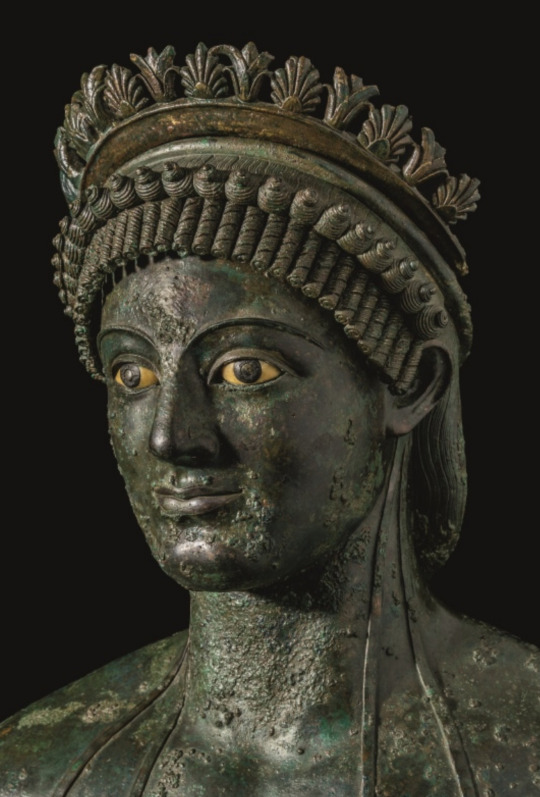
View On WordPress
#Casa de Julio Polibio#Escultura#Kouros#Pompeya#Roma#Siglo II adC#Sculpture#2nd century BC#Pompeii#Italy#Roman Art#Antiquity
0 notes
Text

#Sunset#Arittapatti#Rock cut cave#biodiversity heritage site#Jain Vestiges#thamizhi#2nd Century BC#thamizh bramhi#Paathirikudi#Thenparappu Naadu#Panriya Naadu#Vattezhuththu#Nelvazhi Sizhivan Ilanji Imayavan
1 note
·
View note
Text
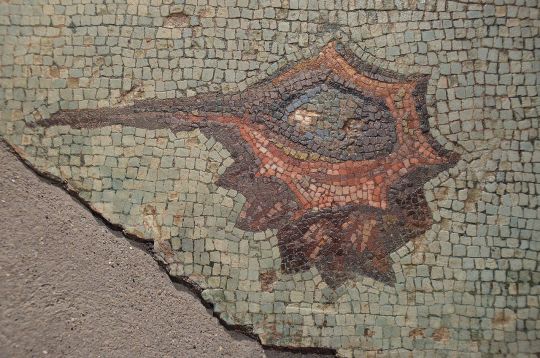


Mosaics da via Panisperna / Mosaics from the Via Panisperna in Rome, late 2nd - early Ist century BC today at Centrale Montemartini, Rome, Italy
Photos: Carole Raddato / wikimedia commons / CC BY-SA 2.0
#ancient rome#mosaic#2nd century bc#1st century bc#fish#europe#secular#italy#ok mosaics aren't wall paintings
967 notes
·
View notes
Photo

Expansion of the Hasmonean Kingdom between 161 and 76 BC.
84 notes
·
View notes
Text



vampcass and wolfzo
#this was supposed to be done in october lol#better late than never#anyways this is their 2nd century married together so congrats to them#my art#yeehan#trans headcanons#kid au#yes that is a stays that doubles as a binder. bc my brain is huge#cw blood //
265 notes
·
View notes
Text
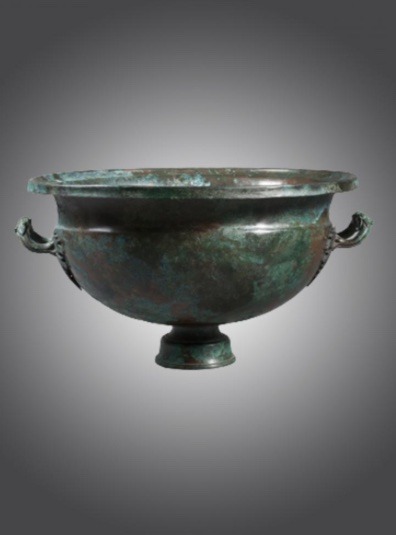
Hellenistic bronze vessel with leaf–shaped handles
c. 2nd century BC - 1st century AD
#Hellenistic bronze vessel with leaf–shaped handles#c. 2nd century BC - 1st century AD#bronze#ancient bronze#ancient artifacts#archeology#archeolgst#history#history news#ancient history#ancient culture#ancient civilizations#ancient greece#greek history#greek art
42 notes
·
View notes
Text
reading older books is so crazy bc it shows how many things we consider almost unbreakable rules of writing have been invented like maybe 40 years ago at most. i feel like compared to other modern art forms writing comes with a lot more rules to adhere to if you want your story to be "good" and i guess this just really emphasises to me that this, too, is just a moment in art history
#im reading death in venice which is from 1912 so rather modern compared to most of my Old Books#and like first of all the sentences are Insane of course. one went on for literally 15 or so lines#but the 2nd chapter is literally just a psychoanalysis of the main character which in modern writing is unthinkable#show dont tell etc#and i guess it just struck me how crazy it is that in a little over a century so many rules were made up to the point#where if this was published today it would probably be dismissed bc of those qualities. crazy. everything is temporary!#personal
48 notes
·
View notes
Text
depending on when you headcanon the war/banishment of monsters in UT to have happened theres a prrrretty good chance none of them know what a gregorian calendar is nor the notation of it
#first off i'd like to say i wish i had the type of tism that made me a software engineer bc wtf is this#secondlyyyyy. ive thought about this because it was a big interest of mine for years#bc the gregorian calendar replaced the julian one in 1582? lemme check#YES and it happened in october so they jumped from Thursday oct 4th to Friday oct 15th#similarly a lot of english speaking territories did the same in 1752 going from sept 2nd to sept 14th overnight#what im saying is the way monsters tell time has gotta be out of whack. like severely#they come outta the underground and all the days and years and months and centuries are all wrong and theyre like 'aaand time to go back'#not art
12 notes
·
View notes